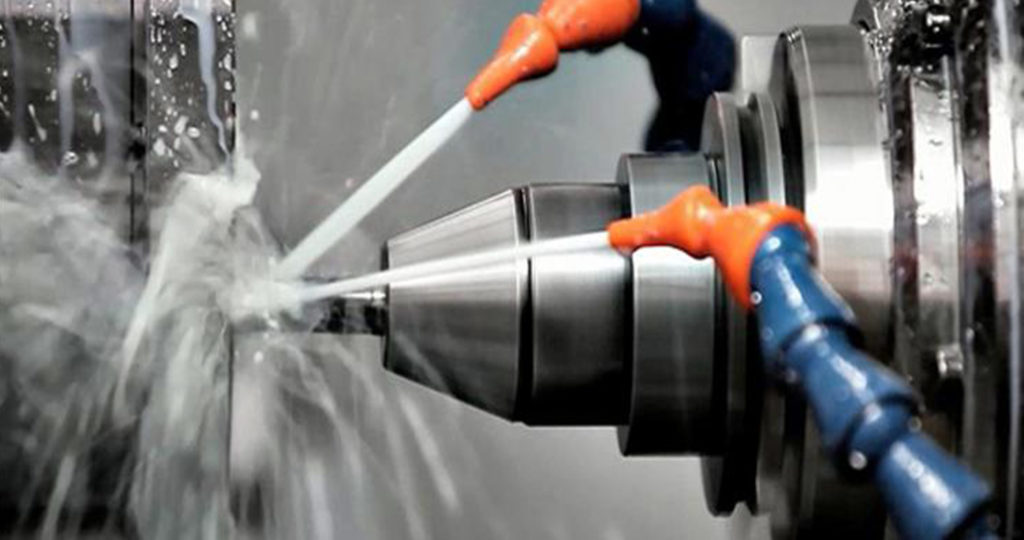Machine tools are professional machines dedicated to the processing of metal and non-metallic materials by chip removal. Modern machine tools are equipped with high power and robustness, which allows high cutting speeds, compatible with the characteristics of the cutting tool materials.
Machine tools for chip removal can be classified and subdivided into two categories depending on whether their main motion is cutting or advancing.
So we have straight-moving machines: planers, grinders, slotting, some gears and broachers; and rotary motion machines with chip removal using non rotating tools such as parallel lathes and machines using rotary tools such as modern cnc lathe, machining centers, boring machines, drills, milling machines and band saw machines.
Tools
The removal of chip by means of machine tools is done by so called cutting tools. These can be either single or multiple cutting edges. During their use, the tools undergo various stresses, which are also of great intensity: they are built with high hardness and resistance to high temperatures as well as with high mechanical strength. The materials most widely used for producing the cutting tools are super fast steel, sintered metal carbides and reinforced ceramics. Tool performance varies considerably depending on the material which it has been made.
Movements
For all machining operations using machine tools, the tool and workpiece make movements that ensure the removal of the chip in different thicknesses and surfaces. These motions are classified in main motions and secondary motions.
Main motions
The main motions are divided into: cutting motion, feed motion and work motion.
- Cutting motion: The tool performs a single chip removal. This motorcycle aims to ensure the correct relative speed between piece and tool, can be round as well as straight.
- Feed motion: along with the cutting motion the feed motion guarantees the formation of shavings and ensures the removal in a repeated and constant manner. The feed motion can be continuous or intermittent.
- Work motion: This is the result of the simultaneous composition of the cutting and feed motions.
Secondary motions
Secondary motions are positioning and feeding motions.
- Positioning motion: defines the position of the tool compared to the workpiece before the work starts.
- Feed motion: Adjusts the position of the workpiece or tool by defining the depth which the tool will penetrate into the workpiece.
Cutting speed
With cutting speed we define the relative speed between the tool and the workpiece at the point where the chip removal takes place. This is a key component in machining through the use of machine tools. A proper cutting speed selection ensures both good machining while reducing the time and, very importantly, avoids a quick deterioration of the tool. The cutting speed must be selected according to the following components:
- type of material to be machined;
- type of material the tool is made of;
- chip segment you want to remove;
- presence of lubricating fluid;
- workpiece diameter;
- type of machining.
The unit of measurement identifying the cutting speed is expressed in meters per minute (m / min).
If you are interested in purchasing a used machine tool, please do not hesitate to consult our online catalog at Makinate.com
If you want to sell your used machine tool, please contact us or post your ad on our site for free.
